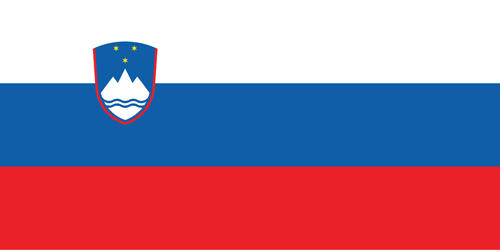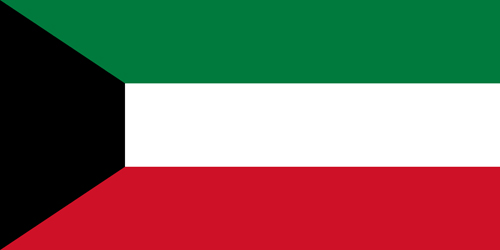Crafts & Textiles
Oman

Traditional crafts such as shipbuilding, carpentry, pottery, jewellery making and basket weaving were once an important part of Oman’s economy, with some of these artisanal skills dating as far back as the third millennium BC.
Oman’s silversmiths are renowned across the Arab world with the silver industry occupying a prominent place in the country’s history. Generally made from elegantly worked silver, the Omani dagger, the “khanjar”, encapsulates and symbolises Omani heritage, identity and culture, even featuring on the country’s flag. In the past, the khanjar served as a weapon to protect against wild animals or an enemy. Today it is a symbol of pride among Omani men and is worn on an ornate leather belt as part of the traditional dress on special occasions, official events and national celebrations. Omani silver also forms the basis of intricately designed jewellery and decorative items such as perfume bottles, boxes, frankincense burners and coffee pots. These items are usually chiselled, engraved or embossed with patterns inspired by Islamic design and Arabic calligraphy and often reflected the social and religious status of the owner.
Omanis also have a long tradition of masterly woodwork with elaborately carved doors, windows and household items being constructed over the centuries, often from either walnut or rosewood. One of the most well-known items is the mandoo, an ornate wooden chest traditionally used to store clothes or jewellery, often inlaid with brass, gold, silver and precious stones, and following Islamic geometric patterns. Another traditional piece is the Al Jaraz which is a distinctive small axe head of engraved steel inlaid with brass, installed on a long intricately carved stick.
COUNTRY COUNTER
Fast Facts on countries the CENTUM+ team have explored so far ...





















